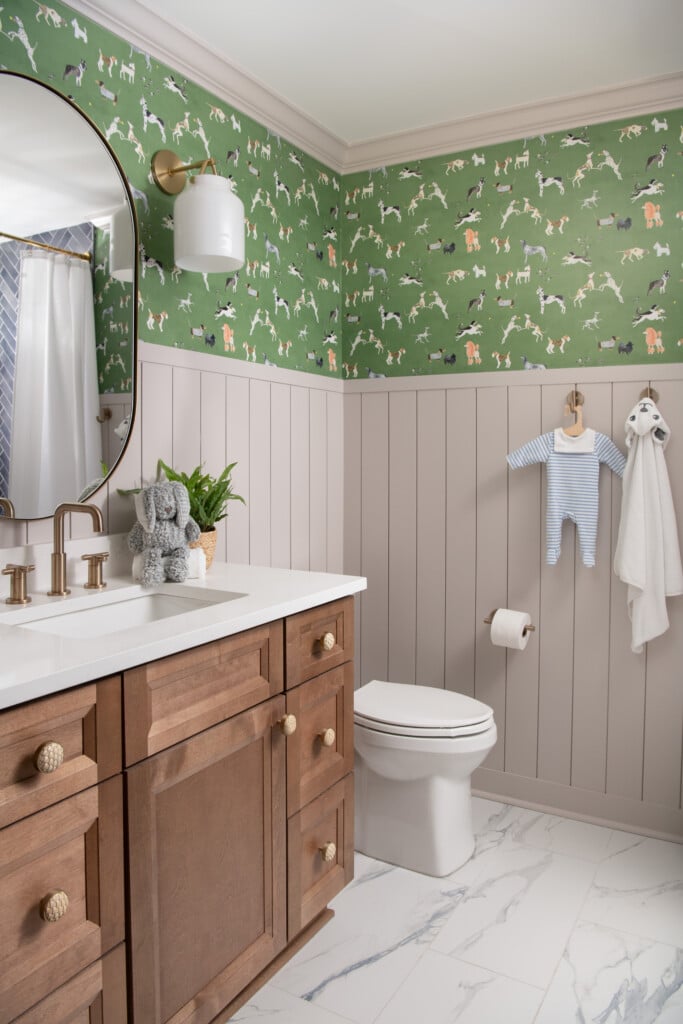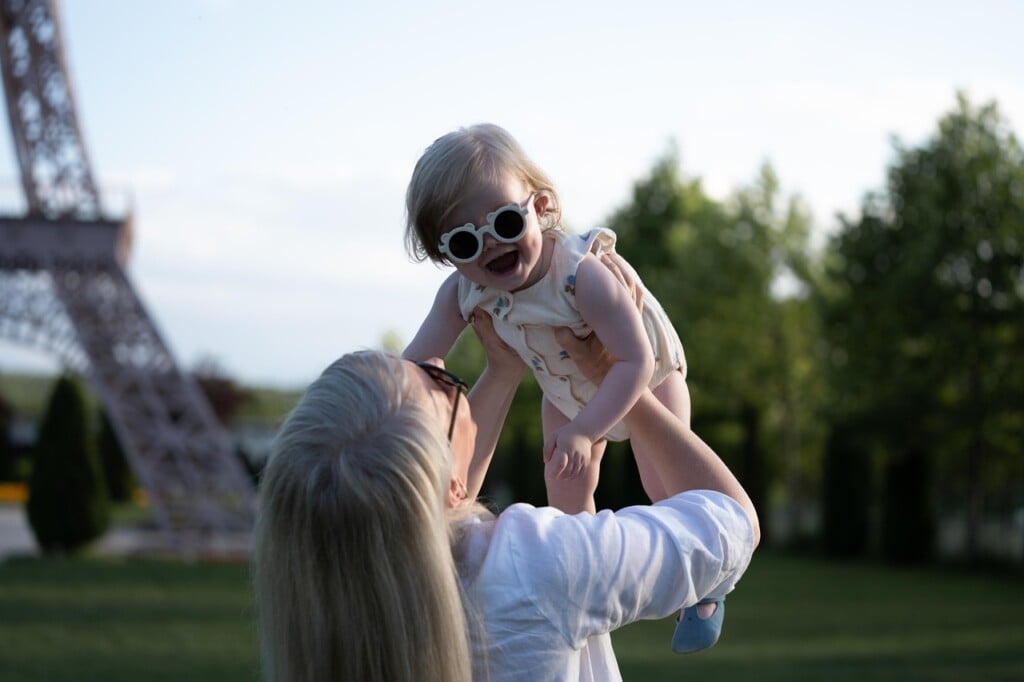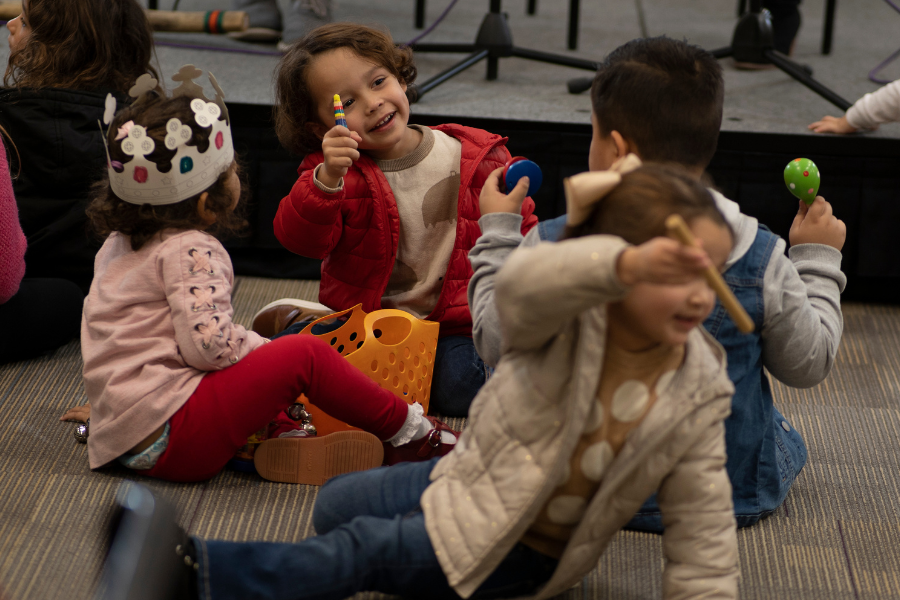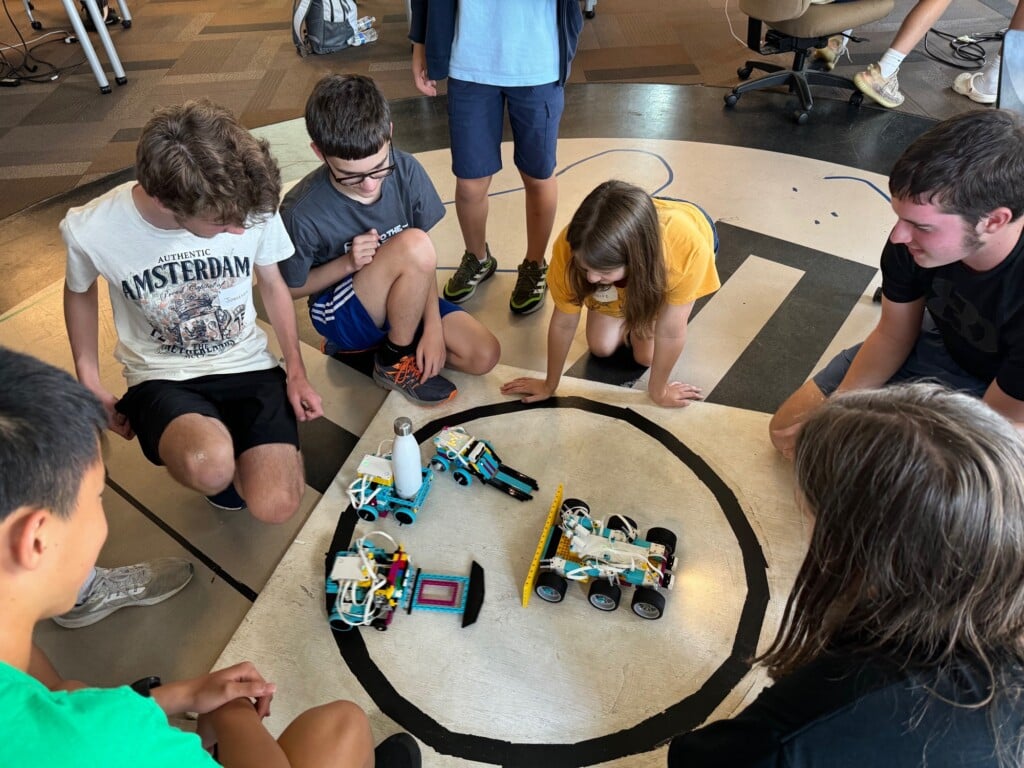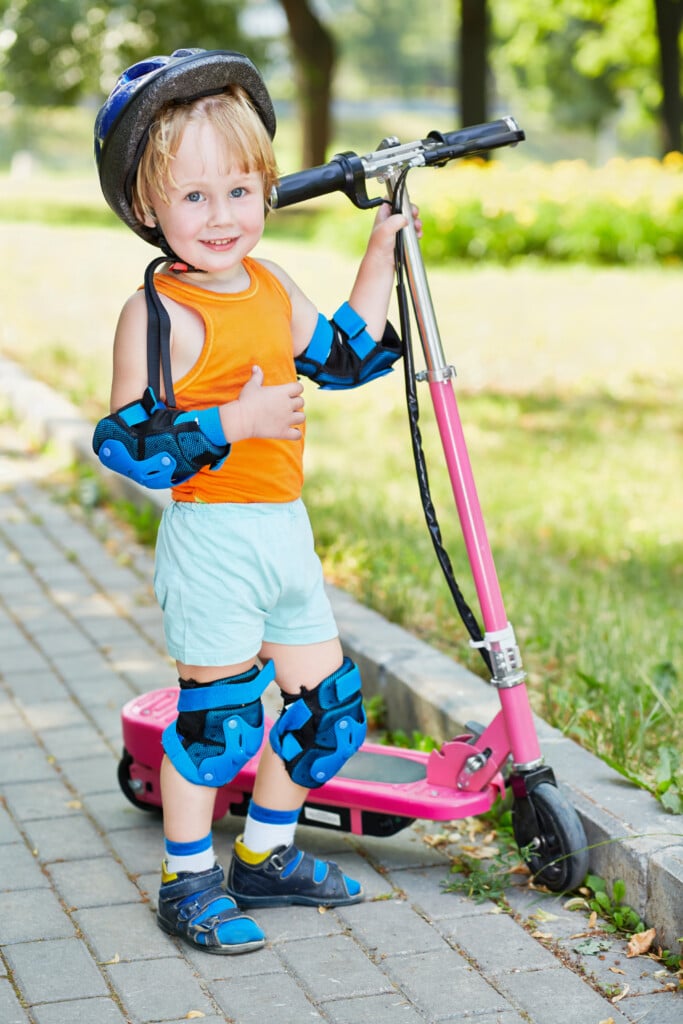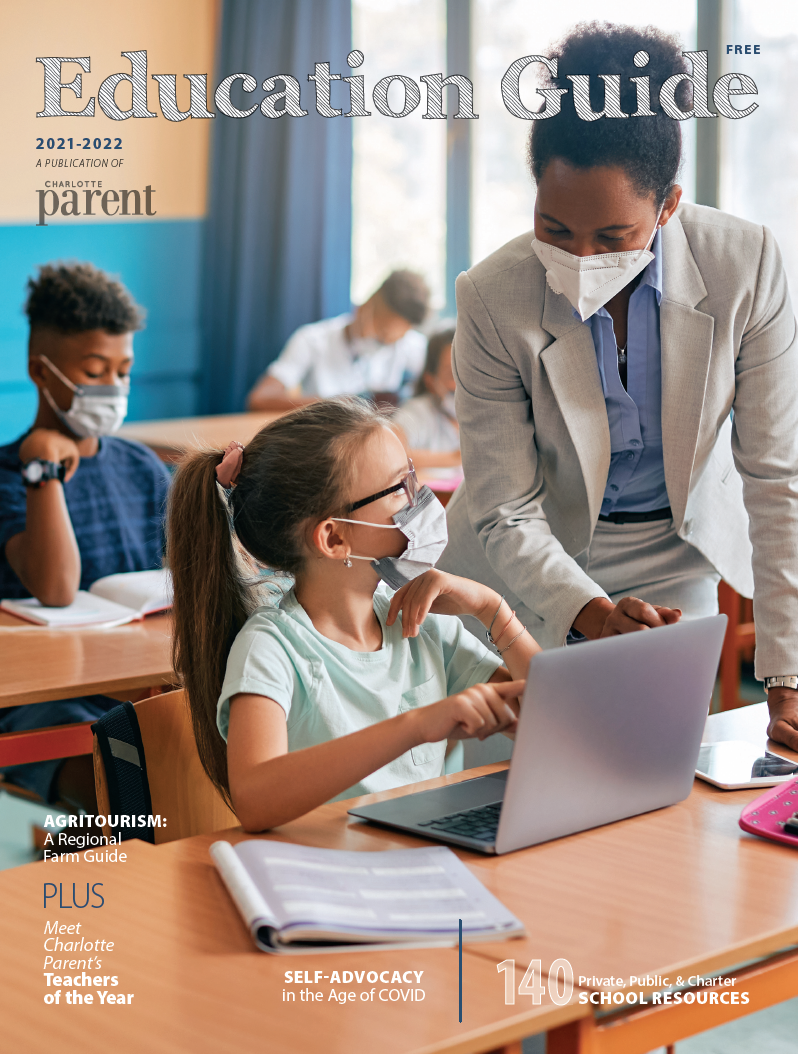Child Passenger Safety Week
What you need to know about buckling up the kids in North Carolina
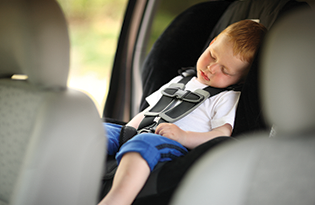
Car seats are about to be in the national spotlight as the week of Sept. 13–19 is Child Passenger Safety Week. “All 50 states and the District of Columbia have child safety seat laws,” reports the Insurance Institute for Highway Safety Highway Loss Data Institute. However, each state has its own child safety seat lawas for babies, preschoolers or youngsters in the car.
My rising first grader suddenly took opposition this summer to riding in his booster seat. Other friends his age weren't always riding in booster seats, why should he? Good point, but when it comes to buckling up, I'm thinking safety first, and that's what I told him. The law in N.C. is booster seat for a child until they are age 8 or 80 pounds, whichever comes first. "And besides," I told him "you have a better view looking out the window from a booster seat."
The booster seat is a such a breeze to move from car to car for a parent, but I remember those infant and toddler days moving a car seat around. Argh! Lots of sweat and a few choice words were muttered when doing those moves. Rear-facing infant car seats aren't so bad as infant seat bases are securely snapped in and the seats simply sit and lock in position of the base. I recommend a base in each parent's car (grandparent too if they transport the baby around much) so it's easy to simply click the seat in and out with securing the base. Here are some other tips on what not to do when installing a car seat.
Suggested positioning of infant seats and toddler car seats has changed in the past few years. When my 6-year-old was a baby, the recommendation was to keep them rear-facing until age 1. Now it's recommended they stay rear-facing until age 2. This isn't a law, but recommendation. It's a lot to remember, and I tend to forget or confuse weights and ages, but North Carolina law states: Car seats must be fastened in a rear seat if your child is under age 5, weighs less than 40 pounds, and if your car contains passenger-side airbags. After age 5 or 40 pounds, little ones move up to the booster seat and can use a seatbelt with the booster seat.
When choosing a child safety seat, beware of buying used. If the child safety seat has been in a crash, don't buy it. And always check the model and date-of-manufacture number of a used seat to be sure there are no recalls on a seat.
Safe Kids Charlotte-Mecklenburg is hosting child safety seat check-ups at the Matthews Police Station Sept. 16, 8-11:30 a.m. and at Carolina Pavilion Shopping Plaza Sept. 18, 10 a.m.-noon. You may also call to make an appointment for a seat check up at Huntersville, Mint Hill and Pineville police stations.


